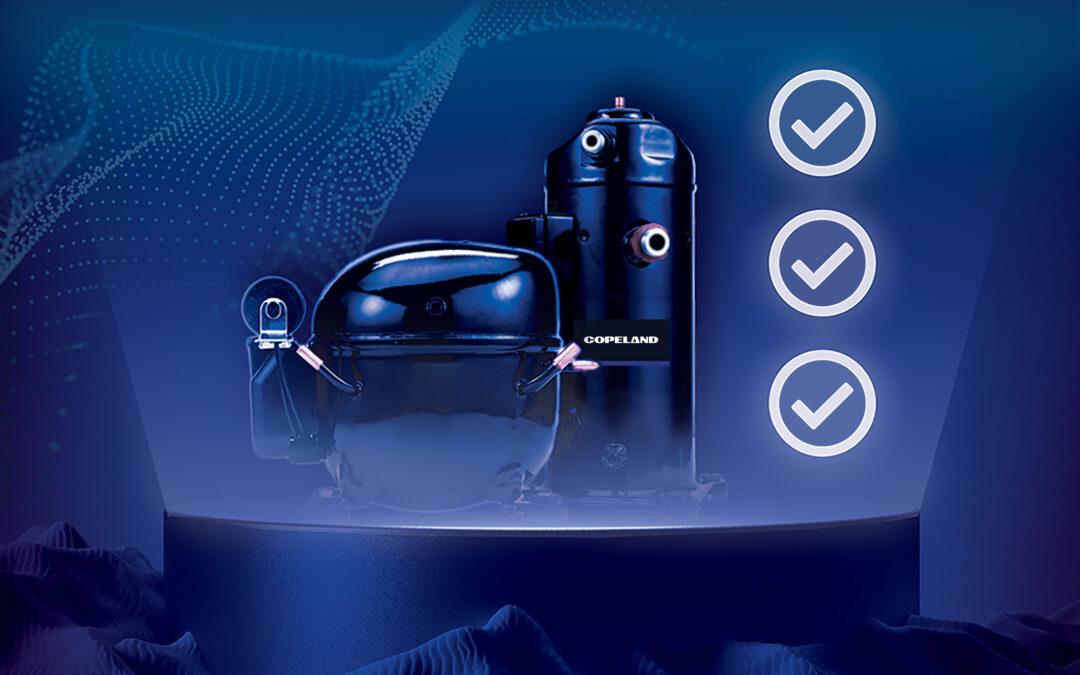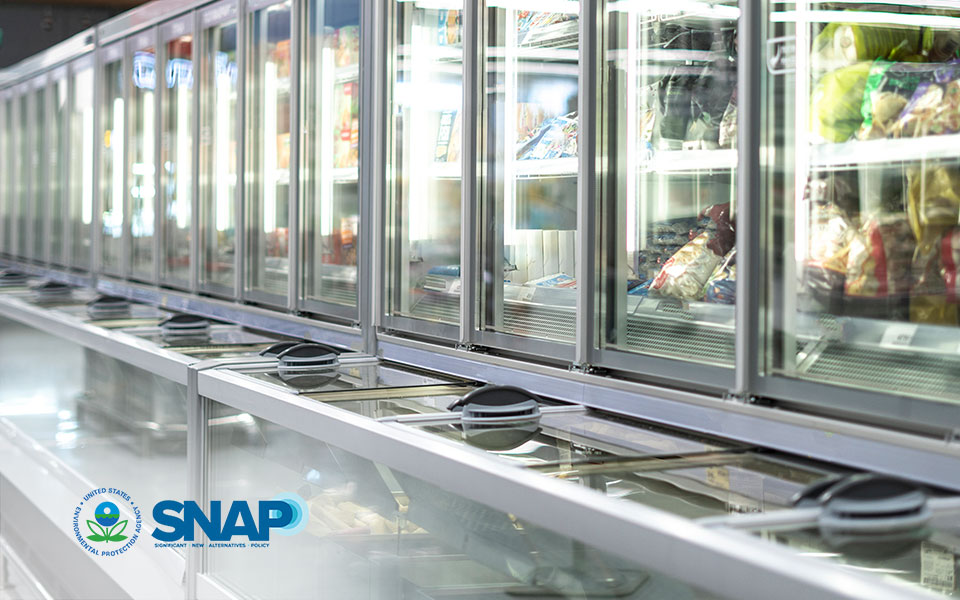*On June 1, 2023 Emerson’s Climate Technologies business became a new standalone company – Copeland. Though our name has changed, we are building on more than a century of HVACR innovation and industry leadership, and Copeland continues to offer the same products, industry stewardship, and learning opportunities you’ve grown to trust. Information found on this webpage posted before June 1, 2023 may contain our old name or branding, but you can be at ease knowing it was created with the knowledge and expertise of Copeland.
Commissioning and/or recommissioning your site could completely change the way your business operates and save you thousands of dollars — all while also providing environmental benefits. Make sure to watch the full video here for a more detailed analysis.
A few years ago, Emerson paired with Darren Cooper and the Renteknik Group to assist a supermarket chain in determining which parts of their business were costing them the most, both financially and in terms of energy use. The project’s objective was to recommission a 20-year-old system by adding an adiabatic-type condenser and variable-capacity compressors, in this case Discus™ digital compressors.

It’s important to first understand the goals of commissioning and decommissioning. In simple terms, commissioning is a quality-oriented process designed to ensure that a building, facility or system is designed, constructed and operated to meet the owner’s project requirements (OPR). Recommissioning refers to the process of commissioning a building that has already been commissioned to verify that its systems are still functioning according to their original designs.
The test site is located in southern Ontario and was built in 1991, occupying 42,000 square feet. An emerging industry trend is taking advantage of incentive programs associated with energy efficiency. At the time, Ontario’s incentive program offered 10 cents per kilowatt/hour saved; currently, the incentives are even higher.
After building a kilowatt consumption profile based on averages taken for each ambient condition, we began recommissioning with a focus on low- or no-cost service and maintenance. Then, we began the second phase of the project and determined just how poorly the system’s old condensers were performing.
What we discovered was that the supermarket had developed some unconventional workarounds. To keep the condensers cool during warmer months and prevent overheating, facility operators were spraying them with garden hoses. We determined that the easiest and most efficient way to solve this problem was to install an adiabatic system with misting nozzles to keep the condensers cool without having to run massive amounts of water through the garden hoses. We had an ambient temperature sensor set at 73 degrees Fahrenheit with a contactor on a fan that would activate the mister if a condenser reached a temperature warmer than that threshold.
The final phase of the project involved upgrading to variable-capacity digital compressors, which would allow for better load control and energy savings. In total, the site saw energy consumption reduced by about 30 percent, generating massive cost savings as well as reducing CO2 emissions. These three phases also resulted in less downtime and less potential spoilage of product due to equipment properly operating. In fact, nuisance alarms at the site were reduced by about 66 percent. In terms of the bottom line, the site cut its operational annual expenses by about $35,000 and, with incentives, payback can be achieved in less than a year.

A2L refrigerant regulation updates: what you need to know today
Preparing for the approval and safe use of A2Ls in commercial refrigeration applications The move...

Address Efficiency Mandates with Compression Technologies
Strategies for complying with DOE and ENERGY STAR® in self-contained and remote condensing units...

EPA SNAP Rule 26 Approves, Modifies Use Conditions for A2L and A3 Refrigerants
On May 28, the Environmental Protection Agency (EPA) pre-published its Significant New...
